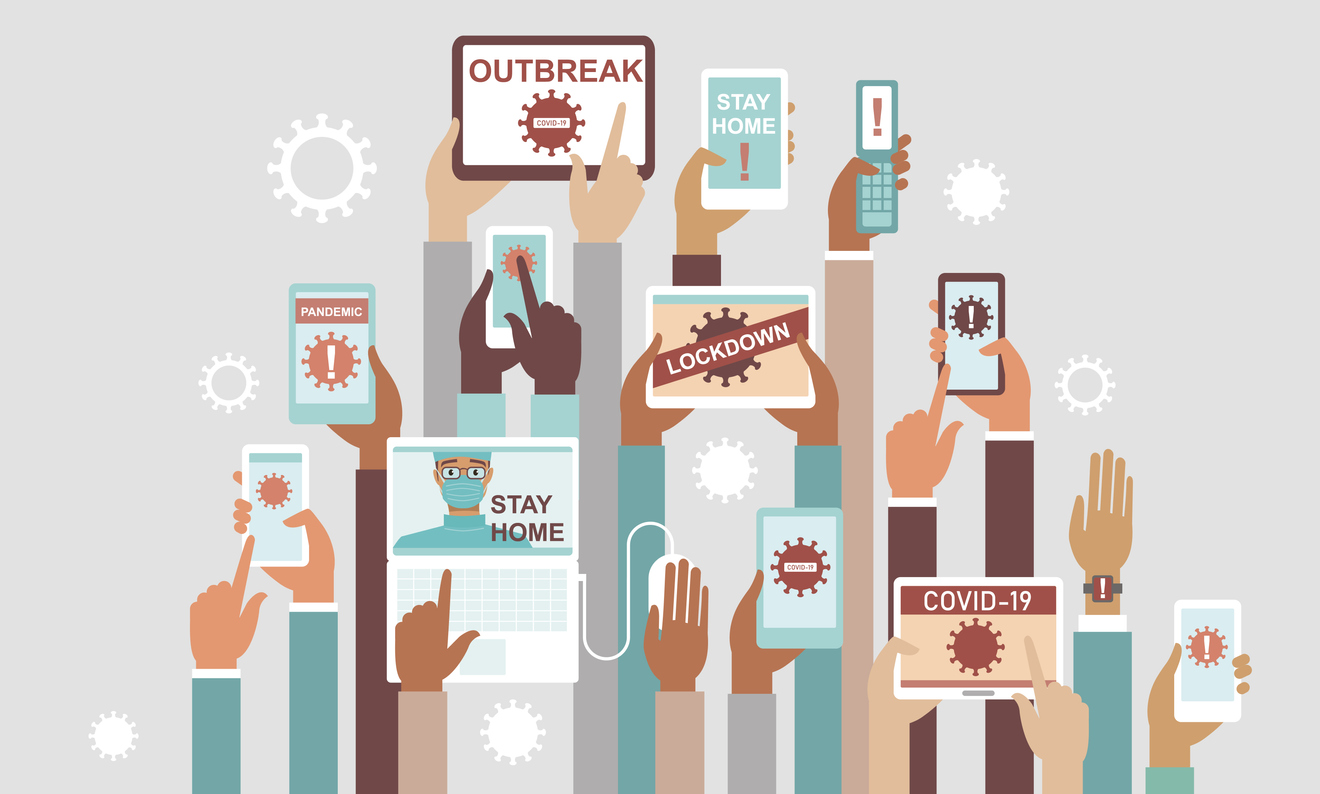2020 has been one of the most challenging years for scientists and journalists in recent history, as researchers and media around the world grappled with the impact of Covid-19.
In Aotearoa New Zealand, public health experts have taken centre stage in the media spotlight, while laboratory teams worked behind the scenes to trace and curb the spread of the novel coronavirus.
Internationally, we’ve seen unprecedented progress in vaccine development, seismic shifts in global collaboration, and a tidal wave of research publications – from aerosols to zoonotic diseases.
Beyond the pandemic, we’ve voted in historic referendums, weathered climate change and cyber attacks, and wrestled with inequities in academic research.
Below are our picks of some of the most significant science stories that made the headlines, both at home and abroad.
TOP TEN ‘VIRAL’ SCIENCE STORIES

A NOVEL CORONAVIRUS EMERGES
Early reports of the virus, detected in Wuhan, China, suggested that person-to-person transmission was “limited”. But within a matter of weeks, case numbers – and levels of concern – had skyrocketed around the world, and New Zealand began to brace itself for the arrival of Covid-19.
Modellers sprang into action to help predict the spread of the virus, while infectious disease experts investigated its origins. Psychologists prepared us for the prospect of isolation, and public health researchers began their year of intensive media appearances.
More from the SMC: Novel coronavirus detected in China – Expert Reaction; Novel coronavirus spreads – Expert Reaction; Novel coronavirus origins and wider impacts – Expert Reaction

FIRST CASES IN NEW ZEALAND
While suspected cases were under investigation from as early as January, the first person in New Zealand to test positive for the virus was announced at the end of February. Analysis of historic cases has since revealed that the first infections were in fact likely to have occurred several days earlier, but the patients did not meet criteria for testing at the time.
News of New Zealand’s first death from Covid-19 broke at the end of March this year, with 25 lives claimed in total to date.
More from the SMC: Novel coronavirus and border screening – Expert Reaction; Bracing for novel coronavirus on NZ shores – Expert Reaction; COVID-19 case confirmed in NZ – Expert Reaction; First COVID-19 death in NZ – Expert Reaction

FROM LOCKDOWN TO ELIMINATION – AND BACK AGAIN
International onlookers have heralded New Zealand’s Covid response as one of the most effective strategies in the world – both in terms of curbing case numbers, and in communication style. Less than a month after the first case was reported, New Zealanders entered a national lockdown, with daily updates from Director-General of Health Dr Ashley Bloomfield attracting avid fans.
By June, the country had effectively eliminated the virus – although the meaning of ‘elimination’ took some time to be defined. Two months later, however, Auckland went back into lockdown as a new cluster emerged, suspected to have come from a factory’s coldstore. The city returned to Alert Level 1 in October, with the cluster successfully contained, and subsequently closed.
An ongoing trickle of cases in managed isolation facilities, along with a handful of cases in the community, have since caused scientists to challenge the government’s border control systems, which continue to evolve.
More from the SMC: New border restrictions to tackle COVID-19 – Expert Reaction; NZ coronavirus lockdown – Expert Reaction; State of National Emergency declared – Expert Reaction; Understanding the evidence behind quarantine – Expert Reaction; Zero new cases of COVID-19 – Expert Reaction; No active COVID-19 cases in New Zealand – Expert Reaction; COVID-19 at the borders – Expert Briefing; New COVID-19 cases in NZ community – Expert Reaction; Cross-country review highlights NZ’s COVID-19 strategy – Expert Reaction
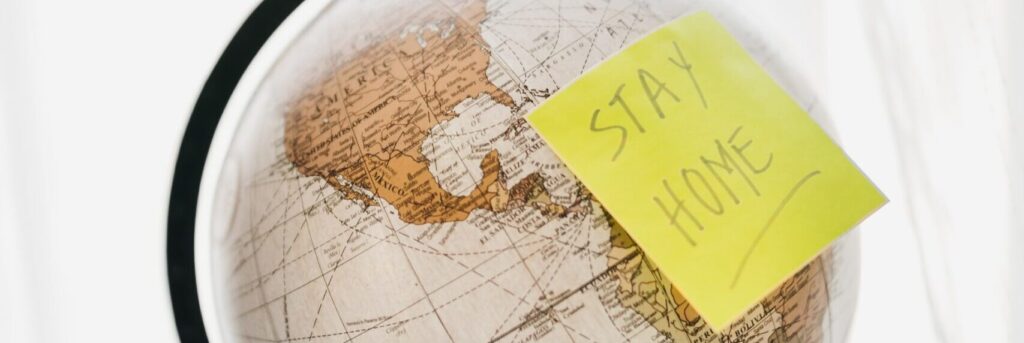
THE IMPACT OF LOCKDOWN LIFE
Experts were quick to recognise the challenges – and opportunities – that life in lockdown could pose to New Zealanders, from unemployment and family violence, to lower emissions and new routines. A flurry of research has since revealed some of the personal impacts of isolation, including stress dreams, heavier drinking, and more anxiety. But some Kiwis found ‘silver linings’ to their experience of the pandemic, and many enjoyed more time to hear the return of native birdsong to our neighbourhoods.
Lockdown sent New Zealand’s economy into recession, with a record drop in GDP reported in the June quarter. While unemployment rose to 5.3 per cent in the September quarter, experts said the country had dodged a labour market disaster. For those who kept their jobs or found new occupations, flexible working became the norm, and pets played a key role in both our Zoom meetings and mental health.
More from the SMC: Estimating COVID-19’s impact on Māori and Pasifika – Expert Briefing; Challenging child behaviour during quarantine – Expert Reaction; Mentally preparing for leaving lockdown – Expert Reaction; How NZ moved during lockdown – Expert Briefing; COVID-19 and Climate Change – Expert Reaction; The pressure of quarantine on family violence rates – Expert Reaction; Drug and alcohol use under quarantine – Expert Reaction; Tourism in a trans-Tasman bubble – Expert Reaction; Employment after lockdown – Expert Reaction; Record drop in NZ’s GDP – Expert Reaction; Mental health impacts of NZ’s lockdown revealed – Expert Reaction
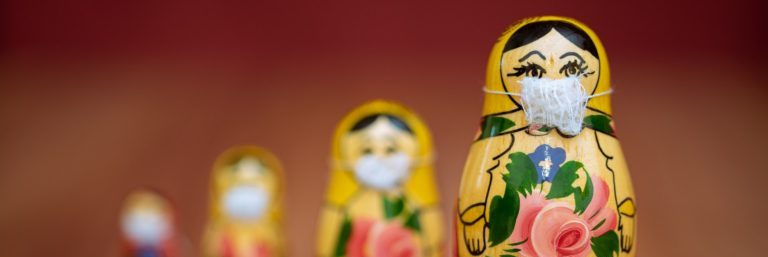
STOPPING THE SPREAD
Understanding ways in which the virus can spread has been crucial to controlling case numbers in New Zealand. Bus rides, bin lids, lifts and working lunches have all been implicated in viral transmission – but the mystery of the source behind Auckland’s second outbreak remains unsolved. While contaminated surfaces may have played a role in spreading the virus, scientists said that airborne transmission remained the biggest threat.
Among the key issues debated by researchers this year have been the pros and cons of masks. Initial guidance by the Ministry of Health said that masks were only needed by frontline workers, but a growing body of evidence eventually prompted a change of policy, mandating mask-wearing on Auckland’s public transport, and all domestic flights.
Modelling has played a major role in predicting and preventing community transmission, along with forensic contract tracing efforts for each positive test returned. The NZ government released their version of a contact tracing app for smartphones, and bluetooth devices are in ongoing development.
More from the SMC: Face masks and COVID-19 – Expert Reaction; First confirmed case of COVID-19 reinfection – Expert Reaction; Catching COVID-19 from surfaces – Expert Q&A; Mandatory masking on flights and Auckland’s public transport – Expert Reaction; Modelling COVID-19 in New Zealand – Expert Reaction; Govt releases contact tracing app – Expert Reaction
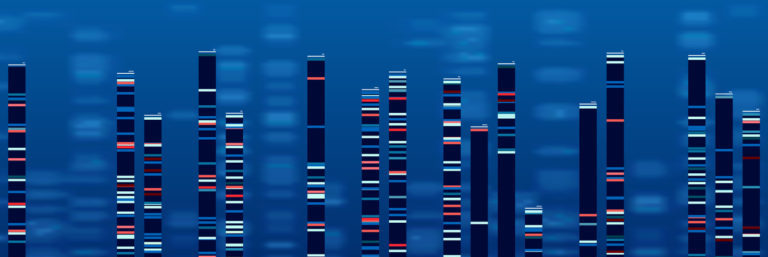
TRACING THE VIRUS WITH GENOMIC SEQUENCING
Genome sequencing has been a key tool in New Zealand’s Covid response this year. Much like ‘epidemiology’, the term was catapulted from scientific discourse to the public domain. Samples were rushed across the country to be sequenced as new cases emerged in the community, and scientists worked round the clock to help inform the government’s response to each new threat.
More from the SMC: Tracking COVID-19 with genome sequencing – Expert Briefing; Viral mutations, lineages, and strains – Expert Reaction; Tracing community cases of COVID-19 – Expert Reaction; Auckland case linked to November cluster – Expert Reaction
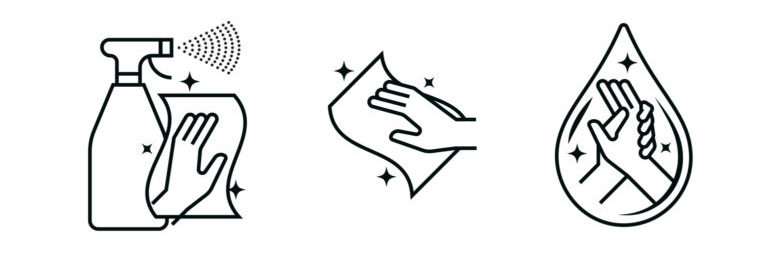
IMPACTS ON OTHER DISEASES
While much of the news from the pandemic has been harrowing, researchers have highlighted some unexpected benefits to broader public health. Rates of influenza plummeted around the world as handwashing and social distancing kept the disease at bay. With NZ’s cases down by 99.9 per cent this year, experts said this dramatic drop had likely saved hundreds of lives, as well as hospital resources.
Meanwhile, medical research companies from the United States and Europe started to shift their clinical trials to New Zealand because of its lack of Covid-19 restrictions, and a lower risk of interruption by the disease.
But efforts to increase vaccination against measles in New Zealand have suffered from the pandemic, despite a high-profile government campaign. Scientists said measles was on the rise internationally because many countries have turned their focus to Covid-19, posing the risk of another serious outbreak in NZ.
More from the SMC: Getting sick in lockdown – Expert Reaction; Influenza during COVID-19 – Expert Briefing

DEVELOPING TREATMENTS FOR COVID-19
As the country’s case numbers started to rise in the autumn, NZ experts were at the frontline of testing and developing effective treatments for Covid-19. Hundreds of research papers have since been published by scientists around the world, with large-scale trials of various treatments still underway.
Despite what Donald Trump might have said, scientists concluded that the antimalarial drug hydroxychloroquine did not reduce deaths among hospitalised patients, nor help people with moderate disease. Similarly, the antiviral drug used to treat the US president lacks conclusive evidence that it works.
As the world awaits the rollout of effective vaccines against Covid-19, NZ researchers continue their efforts to identify the most successful medicines.
More from the SMC: Treatment of COVID-19 patients – Expert Q+A; Possible COVID-19 treatments – Expert Reaction; The latest on potential COVID-19 treatments – Expert Reaction; Hydroxychloroquine research retracted – Expert Reaction; Steroids help treat critically ill COVID-19 patients – Expert Reaction

ROLLING OUT EFFECTIVE VACCINES
One of the most exciting science stories of 2020 has been the unprecedented progress in vaccine development. While initial estimates cautioned that it could take at least 18 months for a Covid vaccine to be developed, the first candidates are already being rolled out across the world.
As the NZ government prepares to launch its vaccine campaign, increasing efforts are being made to encourage public uptake of the jab. Medical experts have dispelled fears about the use of human embryos in vaccine research, and behavioural scientists have highlighted effective strategies to boost compliance and trust. While achieving herd immunity is a major challenge for any population, NZ experts are hopeful that the government will have the necessary systems in place by the time the country’s rollout begins.
More from the SMC: The path to a COVID-19 vaccine – Expert Briefing; Promising COVID-19 vaccine results – Expert Reaction; COVID-19 vaccines developed with human embryonic cells – Expert Reaction; Securing a COVID-19 vaccine for New Zealand – Expert Reaction; Oxford vaccine trial on hold – Expert Reaction; Covid-19 vaccine promising results – Expert Reaction; Moderna vaccine trial results – Expert Reaction; Latest developments in COVID-19 vaccines – Expert Briefing; COVID-19 vaccine resources

THE INFODEMIC
Among the many barriers to effective vaccination is the surge of disinformation, misinformation, and conspiracy theories that have spread with the virus this year. NZ scientists were quick to recognise this problem, and have undertaken rapid research to understand and stem the flow.
As social media companies move to combat the spread of misinformation on their platforms, experts warn of the risks of alienating those most susceptible to false beliefs. Ongoing research hopes to illuminate the underlying causes of conspiratorial thinking, and to nurture more effective communication of scientific evidence.
More from the SMC: Why do people believe conspiracy theories? – Expert Reaction
TOP TEN ‘ANTIVIRAL’ SCIENCE STORIES
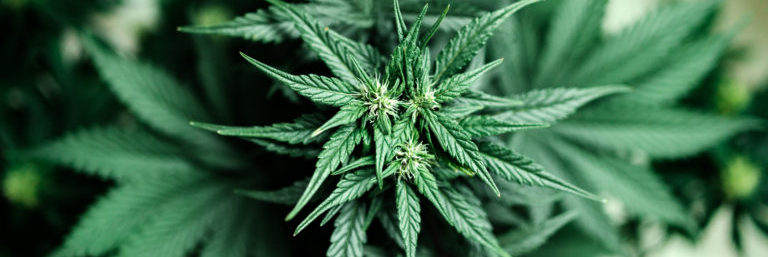
STRONG ‘YES’, AND LIMP ‘NO’, FOR HISTORIC REFERENDUMS
Alongside this year’s general election, New Zealanders voted on two significant social issues: the legalisation of recreational cannabis, and the introduction of assisted dying for those with terminal illnesses. Researchers across the country rose to the challenge of informing evidence-based decision-making, publishing articles, fronting interviews, and hosting public debates.
In the final tally, Kiwis voted ‘no’ on the recreational cannabis referendum by a minor margin, with 48.7 per cent in favour and 50.7 per cent in opposition of the proposed reform. In the euthanasia referendum, voting swung the other way to make New Zealand the seventh country in the world to legalise assisted dying. The End Of Life Choice Act will come into effect in November 2021.
More from the SMC: Preliminary results show ‘no’ vote on cannabis – Expert Reaction
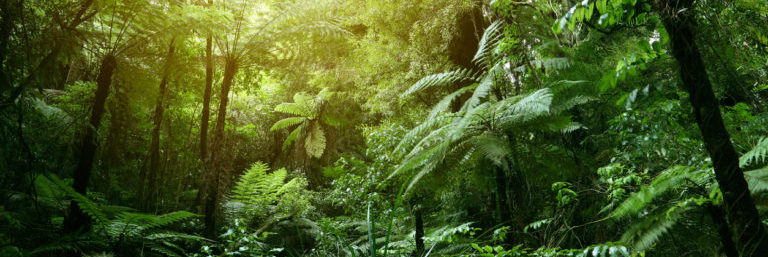
CALCULATING CLIMATE CHANGE
With public concern firmly fixed on the pandemic, Kiwi climate scientists have been working even harder to highlight the growing risks we face from global warming. Lockdowns may have offered some short-term relief for greenhouse gas emissions, but New Zealand’s first climate change risk assessment highlighted more than 40 areas of national concern – from species conservation to social inequalities and drinking water supplies.
Two months later, the Ministry for the Environment published a comprehensive climate data round-up which found New Zealand is weathering more heatwaves, fewer frosts, and rising sea levels. Meanwhile, research from Peru suggested the majority of the world’s kūmara varieties may not be able to survive rising global temperatures – an issue of cultural and economic significance in Aotearoa New Zealand.
But scientists are adamant it’s not too late to make a difference. When an international study concluded we could be facing ‘runaway’ climate change, Kiwi experts were quick to challenge the findings, saying any efforts to reduce greenhouse emissions were still valuable. Having formally declared a climate change emergency in December, the New Zealand government says it will develop new policies to meet this challenge over the next three years.
More from the SMC: Climate change risk assessment – Expert Reaction; Climate change threatens kūmara crops – Expert Reaction; NZ keeps getting warmer – Expert Reaction; Are we facing runaway climate change? – Expert Reaction
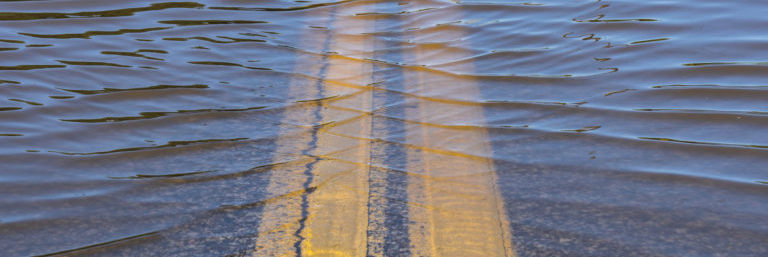
FIGHTING FIRES, DROUGHTS AND FLOODS
Extreme weather events throughout 2020 brought home the reality of a changing, and changeable, climate for New Zealanders. As smoke from the raging wildfires in Australia drifted over the Tasman, many Kiwis woke to hazy skies on New Year’s Day. In January, NIWA released their annual climate summary, finding 2019 the fourth warmest year since records began. The report was followed by heavy rain and floods across Southland, while large parts of the North Island experienced severe, long-lasting drought.
These challenging conditions posed major hazards across the country, from tank water contamination to increased fire risk. In Mataura, heavy rainfall threatened residents with toxic gas leaks, as the river rose dangerously close to a disused paper mill storing the chemical substance ouvea premix. In Northland, “one in 500 year” flooding devastated homes and livelihoods, and the village of Lake Ohau witnessed one of the biggest ever wildfires in New Zealand history.
Scientists warned the risk of extreme weather was likely to increase with global warming, and called for urgent action to reduce greenhouse gas emissions as fast as possible.
More from the SMC: 2019 NZ’s fourth warmest year on record – Expert Reaction; Severe weather in Fiordland – Expert Reaction; Flooding could release toxic gas – Expert Reaction; Tropical cyclones – Expert Q&A; Record dry spells and effects on forests – Expert Reaction; Tank water before and after drought – Expert Q&A; Northland’s “one in 500 year” flooding – Expert Reaction
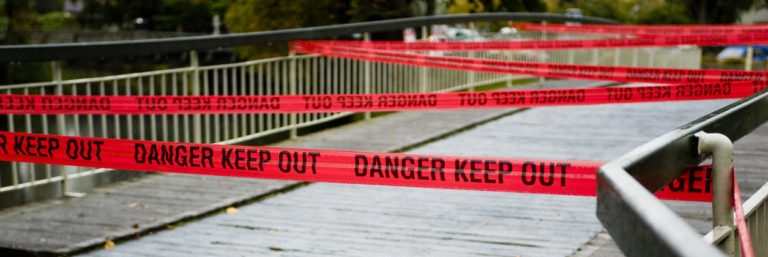
TENTH ANNIVERSARY OF THE DARFIELD EARTHQUAKE
In September, New Zealanders observed the tenth anniversary of the Darfield earthquake and its series of aftershocks, including the fatal Christchurch earthquake in 2011. Experts across the country reflected on the significance of these earthquakes for scientific understanding, heralding a bittersweet decade of world-leading research.
Much like the pandemic, the Darfield earthquake highlighted the key role that scientists can play in supporting Kiwi society through difficult times. Over 15,800 aftershocks later, many of these researchers remain leading voices in the media, and their legacy of science communication continues to this day.
More from the SMC: Tenth anniversary of the Darfield earthquake – Expert Reaction
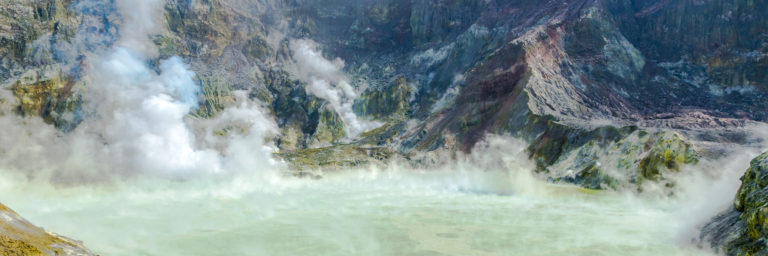
PREDICTING DISASTERS AND COMMUNICATING RISK
Among the most challenging forms of science communication is the process of calculating and communicating risk. This year has highlighted the importance of predicting and preparing for public health risks in the future, as well as the need to evaluate the ways in which risks were assessed in the past.
In May, the Department of Conservation released a risk assessment for landslides and rockfall at Cape Kidnappers, following a landslide on Clifton Beach in which two tourists were injured last year. While experts acknowledged the importance of undertaking scientific investigations, they warned that there was only so much that could be done to protect the public when people were free to make their own choices.
This month, three people and ten organisations – including GNS Science and NEMA – will face charges following the 2019 Whakaari/White Island eruption that claimed 22 lives. Scientists said it was important that questions were being asked in order to improve the way volcanic hazards were managed in New Zealand, but they warned that this process poses its own risks if experts are deterred from science communication as a result.
More from the SMC: Cape Kidnappers risk report – Expert Reaction; Charges laid after Whakaari/White Island disaster – Expert Reaction

NZ UNDER CYBER ATTACK
August saw a different type of threat strike New Zealanders, as the NZ Stock Exchange suffered a series of cyber attacks. The ‘campaign’ of denial-of-service attacks prompted a warning from the Government Communications Security Bureau for Kiwi businesses, and experts called for urgent improvements in cyber security across the board. While some media outlets reported attempted attacks, all came through unscathed.
With more cyber threats being reported throughout the pandemic, researchers said New Zealanders need to take far more precautions to protect themselves, and their data.
More from the SMC: NZX affected by cyber attack – Expert Reaction; Cyber attack campaign warning – Expert Reaction

WATER ON THE MOON – AND LIFE ON VENUS?
While life on Earth seemed increasingly hostile, this year saw exciting developments in the search for life in Space. In September, scientists reported tantalizing hints of living creatures on – or rather, above – Venus, with the discovery of phosphine gas in the planet’s upper clouds. On Earth, this gas is commonly produced by microbes living in low-oxygen environments. But it seems the hunt for extraterrestrial life is far from over, as further research called the discovery into question within a matter of weeks. In the spirit of self-correcting science, efforts continue to get to the bottom of the phosphine mystery.
Closer to home, NASA announced new observations of water on the Moon. Previous observations have indicated millions of tons of ice could be stored in the shadowed craters of the Moon’s north and south poles, but the new findings increased estimates of ice traps by 20 per cent. Scientists said these water sources could be used in future lunar missions for drinking, showering, and growing food. But local experts warned of ‘overcooking’ the discovery, and said the hype around the findings were distorting public understanding of space research.
More from the SMC: Signs of life on Venus? – Expert Reaction from the AusSMC; Water on the moon – Expert Reaction

PRIORITISING INDIGENOUS KNOWLEDGE
Back on our planet, scientists have been reconsidering the way they study native species. Key issues of kaitiakitanga (guardianship) and data sovereignty made headlines when an international research team partnered with a Northland Iwi to sequence the tuatara genome. As well as shedding new light on the evolutionary history of the taonga, the team said they had worked together to develop new knowledge that would improve the conservation of this species. While other researchers felt this collaborative approach was a step in the right direction, they cautioned that more effective mechanisms would be needed to ensure that Māori rights are upheld in the long-term.
Around the world, Indigenous Peoples have sought to protect their native plants and animals, and New Zealand researchers sparked a global conversation when they called for biologists to restore the indigenous names of the species they study. These names often reflect in-depth understanding, cultivated by Indigenous communities long before Western scientists publish their discoveries. The researchers said it was time this knowledge was given higher priority in the way species are documented in Aotearoa New Zealand, and beyond.
More from the SMC: Genomic research and Indigenous data sovereignty – Expert Reaction; Call to restore Indigenous names for plants and animals
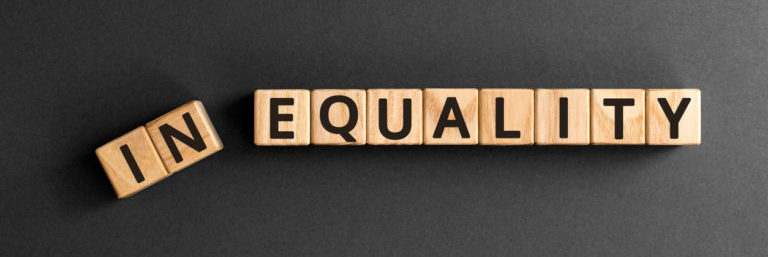
COMBATTING INEQUITIES IN SCIENCE RESEARCH
As we celebrate the enormous efforts that scientists are making to protect humanity, this year has highlighted a range of inequities impacting Kiwi researchers and their future careers. From gender pay gaps in New Zealand’s universities, to the under-representation of Māori and Pasifika scientists, new research brought to light deep-rooted inequalities in the country’s science sector, which may be exacerbated by Covid-19.
In particular, Māori and Pasifika female academics have borne the brunt of these issues, carrying the double burden of unequal opportunities and unequal pay. Researchers said addressing the gender and ethnic disparities in New Zealand institutions required urgent action, and lasting change.
More from the SMC: Ivory towers and glass ceilings: The gender pay gap in NZ research – Expert Reaction; Māori and Pasifika scientists under-represented in NZ research sector – Expert Reaction; Early NZ scientist careers made vulnerable by COVID-19 – Expert Reaction; Māori & Pacific academics paid & promoted less – Expert Reaction

FUNDING THE FUTURE OF SCIENCE IN NZ
The New Zealand government also took a closer look at the current research landscape. In July, the Ministry of Business, Innovation and Employment released a review of the country’s Crown Research Institutes, following a funding injection of $196 million through the Budget 2020 and the COVID Response and Recovery Fund. The report highlighted many of the strengths of the sector, but called for better collaboration between organisations, and richer integration of Māori knowledge and priorities.
Further funding was also allocated to Callaghan Innovation, to maintain its research and development programme, and to bolster an R&D loan scheme for Kiwi businesses.
The next round of funding for the country’s ten Centres of Research Excellence was later announced by the Tertiary Education Commission, with two new Centres to be established from July 2021. These new networks will focus on research into heart and respiratory diseases, and on addressing social, economic, and environmental issues affecting New Zealand’s coasts.
As they await the release of the government’s science and innovation ‘master plan’, scientists said they hoped that lessons have been learned from pandemic, and that there will be a new focus on people over productivity.
More from the SMC: Funding for R&D in New Zealand – Expert Reaction; Crown Research Institute review – Expert Reaction
All images from iStock except: Covid-19 graphic, Martin Sanchez, Unsplash; Russian dolls, Evgeni Tcherkasski, Unsplash; Vaccine, Sam Moqadam, Unsplash; Stay home globe, Jernej Furman, Flickr; Plants in bottles, CHUTTERSNAP, Unsplash
